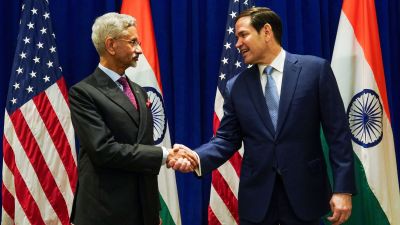During Commonwealth Games,devices to measure pollution levels
As the country gets set for the Commonwealth Games in October this year,scientists at the Indian Institute of Tropical Meteorology
As the country gets set for the Commonwealth Games in October this year,scientists at the Indian Institute of Tropical Meteorology (IITM) in Pune have given India an Air Quality Index (AQI) and a System for Air Pollution Forecasting and Research (SAFAR).
Gufran Beig,Project Director of SAFAR and scientist at IITM,was assisted by Sachin Ghude and Aparna Deshpande as they scientifically evaluated existing air quality standards to define the AQI for India.
It couldnt get simpler than this. A green colour code with a value between 0-100 indicates good air quality. But if the colour code is red,beware,it could trigger a health alert,say the scientists. The AQI is primarily a health-related index based on air pollution with descriptor words Good for values of 0-100,Moderate for 101-200,Poor for 201-300,Very poor for 301-400,and Severe for 401-500. Says Beig,We combined all recent Indian AQI studies and the notification of the new National Ambient Air Quality Standards and proposed an Air Quality Index for criteria pollutantsO3,CO,NO2,PM10,and PM2.5.
The AQI scale helps one understand what the air quality around one means to ones health,says Beig. This concept of AQI is all the more important in India where the common man is not familiar with technical terminology and measuring units (like ppm /ppb /ppt or µg/mg3 ),he says.
As the curtains go up for the CWG,20 digital panels in New Delhi will display the AQI. AQIs as suggested by the US Environmental Protection Agency (EPA) are used in many cities to highlight the severity of air pollution and risks of adverse health effects,say the scientists.
This project was taken up while developing SAFAR,says Beig. SAFAR has been developed to measure air quality at a given time and predict what it will be 24 hours later.
Photos


- 01
- 02
- 03
- 04
- 05





























